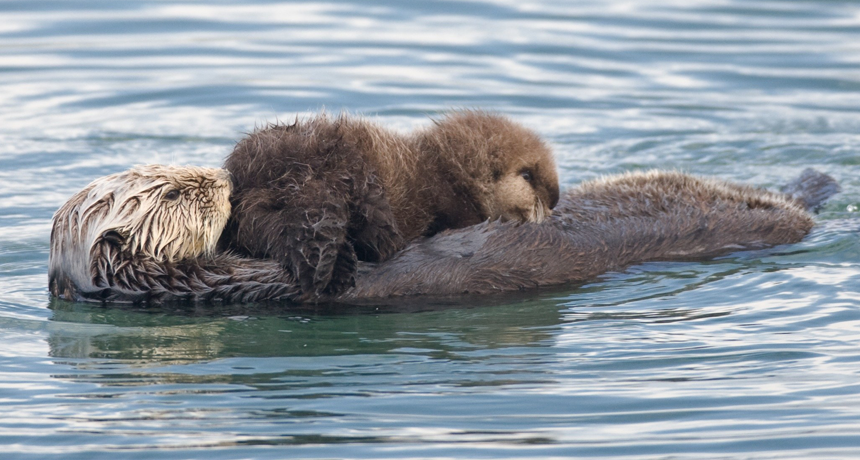Questions for ‘Linking animal health to human health’

Although sharks and intestinal worms are leading causes of deeaths in California’s southern sea otters, another one may be a parasite shed by pet cats, researchers recently showed.
Mike Baird/Flickr (CC BY 2.0)